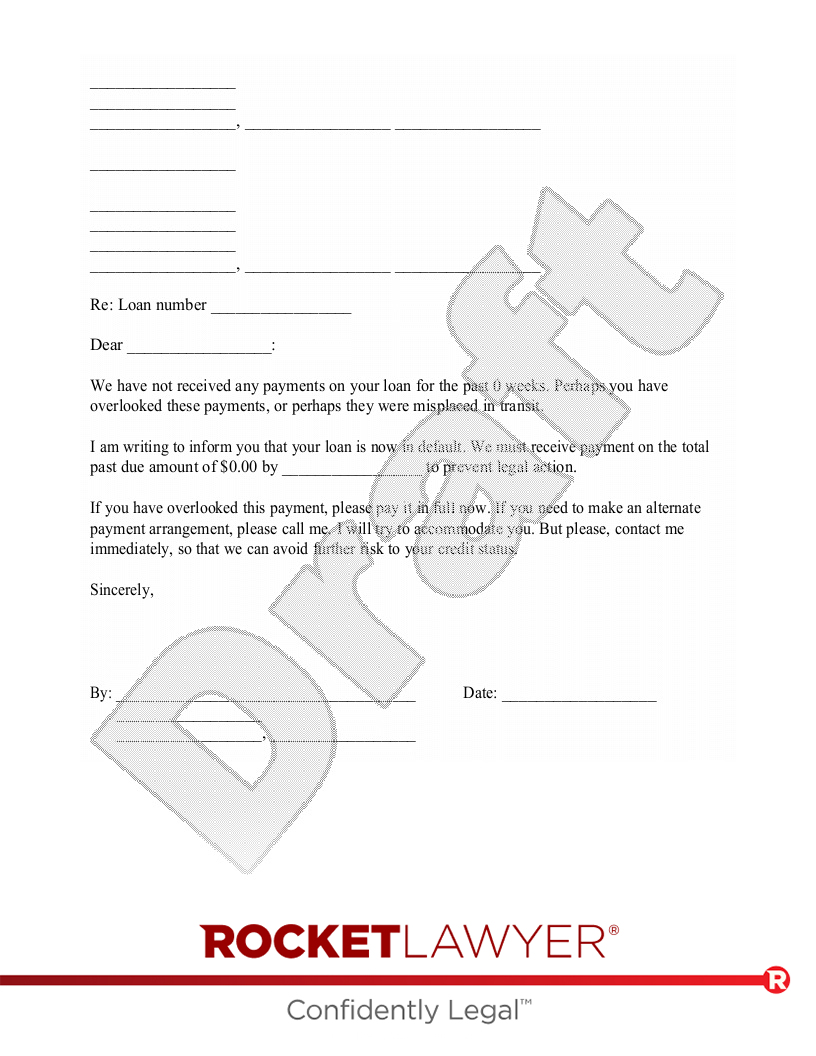
Understanding Loan Default: Causes, Consequences, and Examples
Introduction
In the world of finance, default refers to the failure of a borrower to make necessary payments on a debt, whether it is a loan or a security. Default risk is an important consideration for creditors as it affects their ability to recover their funds. This article explores the concept of default, what happens when default occurs, and provides examples of default situations.
What is a Default?
A default occurs when a borrower fails to make the required interest or principal repayments on their debt. Whether it is an individual, business, or even a country, anyone can default on their debt obligations. Defaults can occur on both secured debt, such as mortgage loans or business loans, and unsecured debt, such as credit card balances or student loans.
Understanding Default on Secured and Unsecured Debt
Defaulting on secured debt, such as a mortgage loan, can put the asset used as collateral at risk. For example, if a borrower fails to make mortgage payments, the bank may foreclose on the home. On the other hand, defaulting on unsecured debt, like credit card balances, can lead to legal consequences as the lender still has a claim on the debt.
Consequences of Defaulting on Loans
When a borrower defaults on a loan, their credit rating is negatively impacted, making it harder for them to obtain future credit. Default can also result in higher interest rates on new debt and potential garnishment of wages. For individuals, defaulting on student loans can lead to wage garnishment and limited options for loan repayment. Learn more about the impact of student loan default on borrowers.
Default Examples in Real Life
Puerto Rico’s default in 2015 serves as an example of a country failing to repay its debts. In the case of corporations, default can occur when they fail to meet coupon payments on bonds. It is important to note that default can have severe consequences for individuals, businesses, and even countries, such as limited access to credit markets and economic instability. Learn more about sovereign default.
Dealing with Default
When facing the possibility of default, borrowers have options such as contacting their lender to discuss repayment plans, deferment, or forbearance. Temporary aid programs, like the COVID-19 relief measures offered by the Department of Education, can provide relief to student loan borrowers. Read more about life after default.
Conclusion
Defaulting on a loan can have serious implications for borrowers, affecting their credit rating, future loan prospects, and even leading to legal actions. Understanding the causes and consequences of default is crucial for individuals, businesses, and countries alike. By being aware of the potential risks and taking proactive measures, borrowers can avoid default and maintain a healthy financial profile.
Leave a Reply